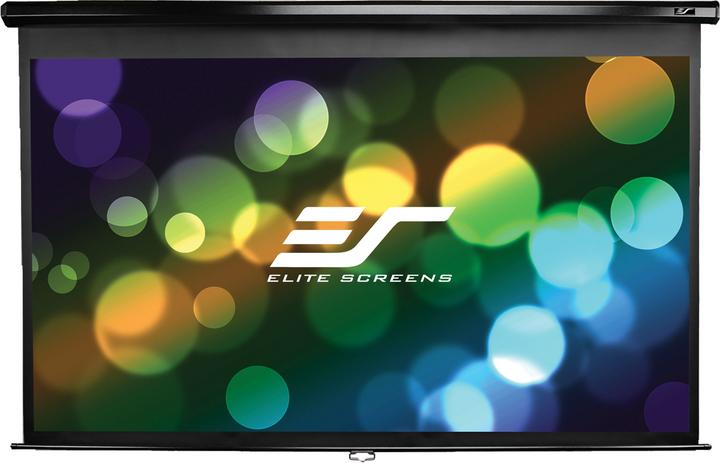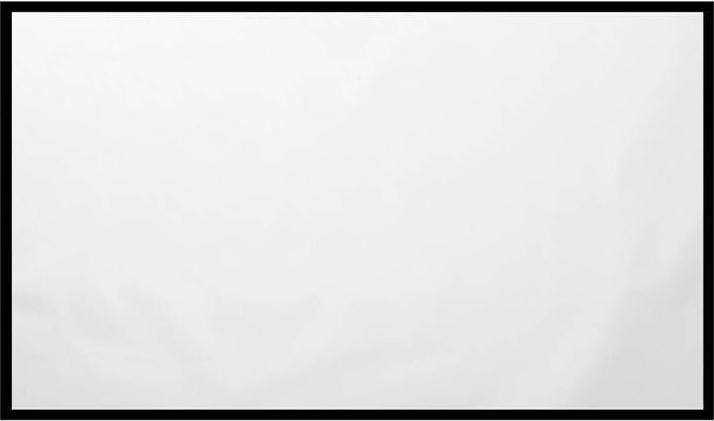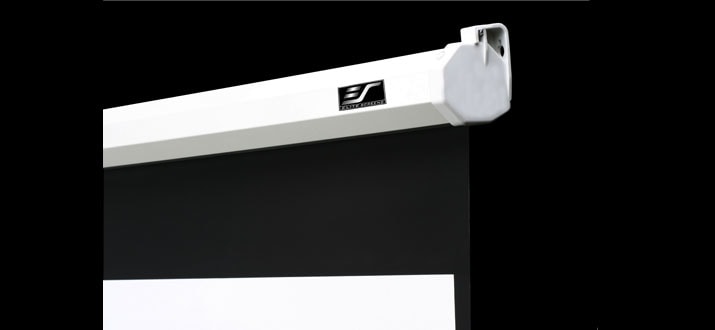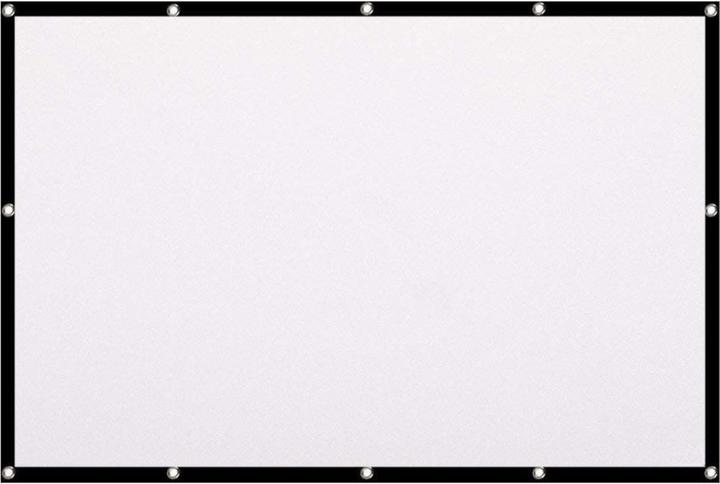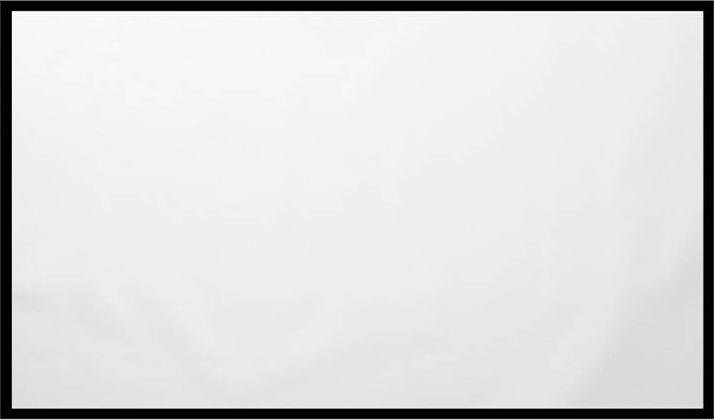
Too Many Projector Screens? Here's How to Choose the Right One
Discover the key considerations that will help you select the ideal projector screen for your needs.
Last updated 5 days ago. Automatically generated content.
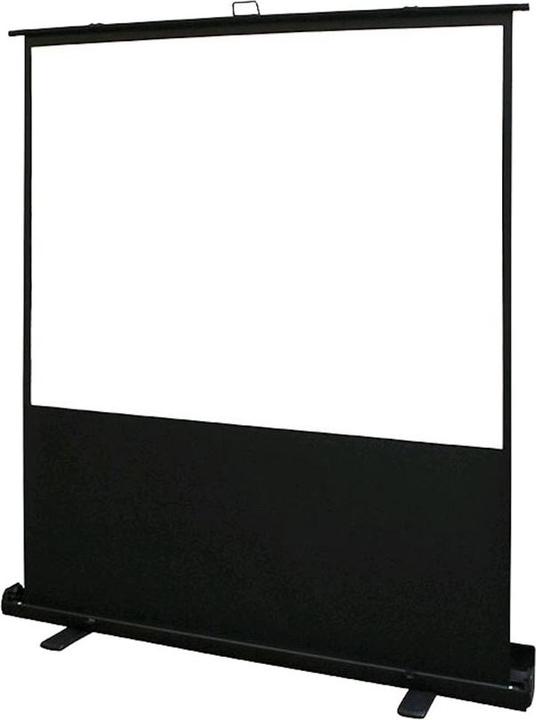

Select options and limit the number of products
The type of projector screen determines how the screen is mounted and operated, impacting ease of use and installation. Choosing the right type ensures optimal viewing conditions and convenience, depending on the location and usage frequency.
Popular options (you can select more than one)
Motorized
Typical price
1200.– to 3100.–Features automatic screen deployment via remote control or wall switch.
Ideal for frequent use, offering convenience and a sleek, professional setup without manual handling.
Bestseller
Manually operated (rollo mechanism)
Typical price
240.– to 1000.–Operates by manually pulling down or retracting the screen.
Cost-effective choice for occasional use, providing control over screen positioning without the need for electrical infrastructure.
Bestseller
Fixed frame
Typical price
800.– to 1700.–Consists of a permanently tensioned screen within a rigid frame.
Best suited for dedicated home theaters or presentation rooms, offering superior flatness and image quality without wrinkles.
Bestseller
Mobile
Typical price
300.– to 2900.–Portable design allows for easy setup and takedown in various locations.
Perfect for on-the-go presentations or events, providing flexibility and adaptability to different environments.
Bestseller
The aspect ratio of a projector screen determines the width-to-height proportion, significantly impacting how content is displayed. Choosing the right aspect ratio is essential for creating an optimal viewing experience, as it aligns with the format of the media being projected, such as movies, presentations, or widescreen video.
Popular options (you can select more than one)
16:9
Typical price
800.– to 2900.–Widescreen format commonly used for HDTV and most modern media.
Ideal for home theater setups, providing an immersive viewing experience for films and TV shows.
Bestseller
16:10
Typical price
1400.– to 3400.–Slightly taller than 16:9, often used for computer displays and presentations.
Great for office environments, offering extra vertical space for spreadsheets and documents.
Bestseller
4:3
Typical price
360.– to 1600.–Traditional format used in older TVs and projectors, with a box-like shape.
Suitable for classic films and presentations in environments where widescreen isn't required.
Bestseller
21:9
Typical price
1100.– to 2100.–Ultra-wide format that emulates a cinematic experience, akin to movie screens.
Perfect for cinephiles, delivering a panoramic view that enhances the experience of watching films.
Bestseller
Diagonal size refers to the measurement of the projector screen from one corner to the opposite corner. Choosing the right diagonal size is crucial for ensuring optimal viewing experience, as it affects how large and clear the projected image appears based on your room size and seating distance.
Popular options
70 - 100"
Typical price
340.– to 1900.–Ideal for small to medium-sized rooms with limited space.
Provides a balanced viewing experience for personal use or small group presentations.
Bestseller
101 - 140"
Typical price
800.– to 2700.–Suitable for medium to large rooms, offering a larger screen area.
Enhances viewing for larger groups, making it perfect for home theaters or conference rooms.
Bestseller
141 - 180"
Typical price
1800.– to 3900.–Best for large spaces, delivering an immersive cinematic experience.
Recommended for auditoriums or large venues where visibility from a distance is necessary.
Bestseller
Gain factor determines the brightness of the projected image by reflecting light, affecting the overall viewing experience. Choosing the right gain factor is crucial for achieving optimal image quality based on the projector's setup and room lighting conditions.
Popular options
0.9 - 1
Typical price
840.– to 2700.–Provides a lower brightness level, suitable for darker room environments.
Ideal for home theater settings, offering deeper blacks and enhanced contrast.
Bestseller
1.1 - 1.1
Typical price
640.– to 2900.–Offers a balanced level of brightness, accommodating various room lighting conditions.
Recommended for multi-purpose use, providing a versatile viewing experience across different setups.
Bestseller
1.2 - 1.2
Typical price
290.– to 940.–Delivers higher brightness, ideal for rooms with ambient light.
Perfect for business presentations and classrooms, ensuring clear visibility in well-lit environments.
Bestseller
Projection type determines how the projector casts images onto a screen, influencing setup flexibility and space requirements. Choosing the right projection type enhances viewing quality and accommodates various room sizes and layouts.
Popular options (you can select more than one)
Standard-throw
Typical price
840.– to 2900.–Requires more space between the projector and the screen, typically several feet to several yards.
Ideal for large rooms, delivering high-quality images with minimal distortion over longer distances.
Bestseller
Ultra-short-throw
Typical price
640.– to 1600.–Projects images from a very short distance, often within inches from the screen.
Perfect for small spaces, reducing shadows and glare while maintaining sharp image quality.
Bestseller
Short-throw
Typical price
610.– to 1900.–Operates at a shorter distance than standard-throw projectors, usually a few feet from the screen.
Suitable for medium-sized rooms, offering clear images without needing extensive space.
Bestseller
Front projection
Typical price
300.– to 1800.–Images are projected onto the front side of the screen, commonly used in home theaters.
Provides bright and vibrant visuals, ideal for controlled indoor lighting environments.
Bestseller
